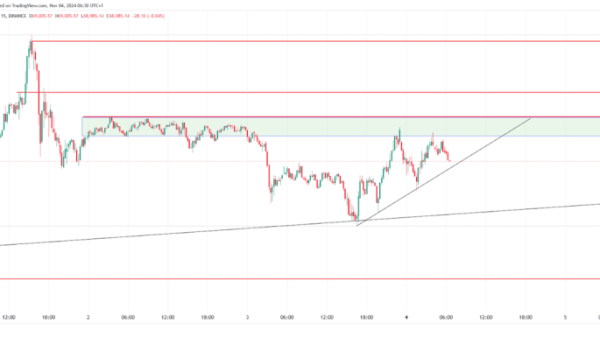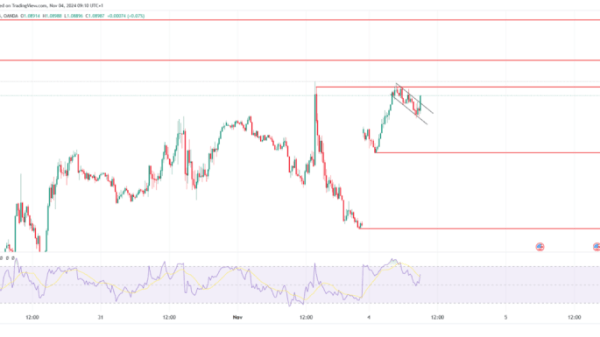By Promit Mukherjee
OTTAWA, Nov 6
Canada’s housing affordability cannot be resolved by changing the country’s unique mortgage structure, the Bank of Canada’s Senior Deputy Governor said on Wednesday, as a wave of mortgage renewals over the next two years threaten to hurt the economy.
“Improved housing affordability requires a better balance between supply and demand, and achieving this balance will take time,” Carolyn Rogers (NYSE:ROG) said in Toronto in an address on the country’s mortgage market.
The country’s mortgage structure has largely helped in maintaining financial stability and access to affordable credit, keeping its mortgage default at amongst the lowest in advanced economies, she said.
Canadian mortgages are either variable rate or fixed rate which is adjustable after every four or five years, making home owners vulnerable to changes in interest rate. By contrast, the structure in the U.S. is usually 30-year fixed rate.
Rogers said more than four million or about 60% of all outstanding mortgages would be renewed over the next two years and a bulk of those would face a significant increase in their payment, despite interest rate cuts.
The BoC has reduced its key interest rate four times in a row to 3.75% to spur growth after inflation returned to its 1%-3% control range.
But economists have said that despite the cuts, mortgage renewals will be at a much higher rate as the most prevalent five-year mortgages are linked to long-term bond yields which have not gone down much.
“Higher payments (on mortgages) could cause households to pull back on spending by more than we expect,” she said.
“Widespread losses in the mortgage market could also have implications for market liquidity and overall financial stability,” she added.
But changing the mortgage structure from a shorter length, such as, four- or five-year to a 10-year, will require policy changes, but in many ways the current structure has helped in discouraging too much leverage.
“We need to resist the temptation to try to solve the housing affordability challenge by tinkering too much with the mortgage market,” Rogers said.
Reporting by Promit Mukherjee; Editing by Dale Smith
(promit.mukherjee@tr.com)







































